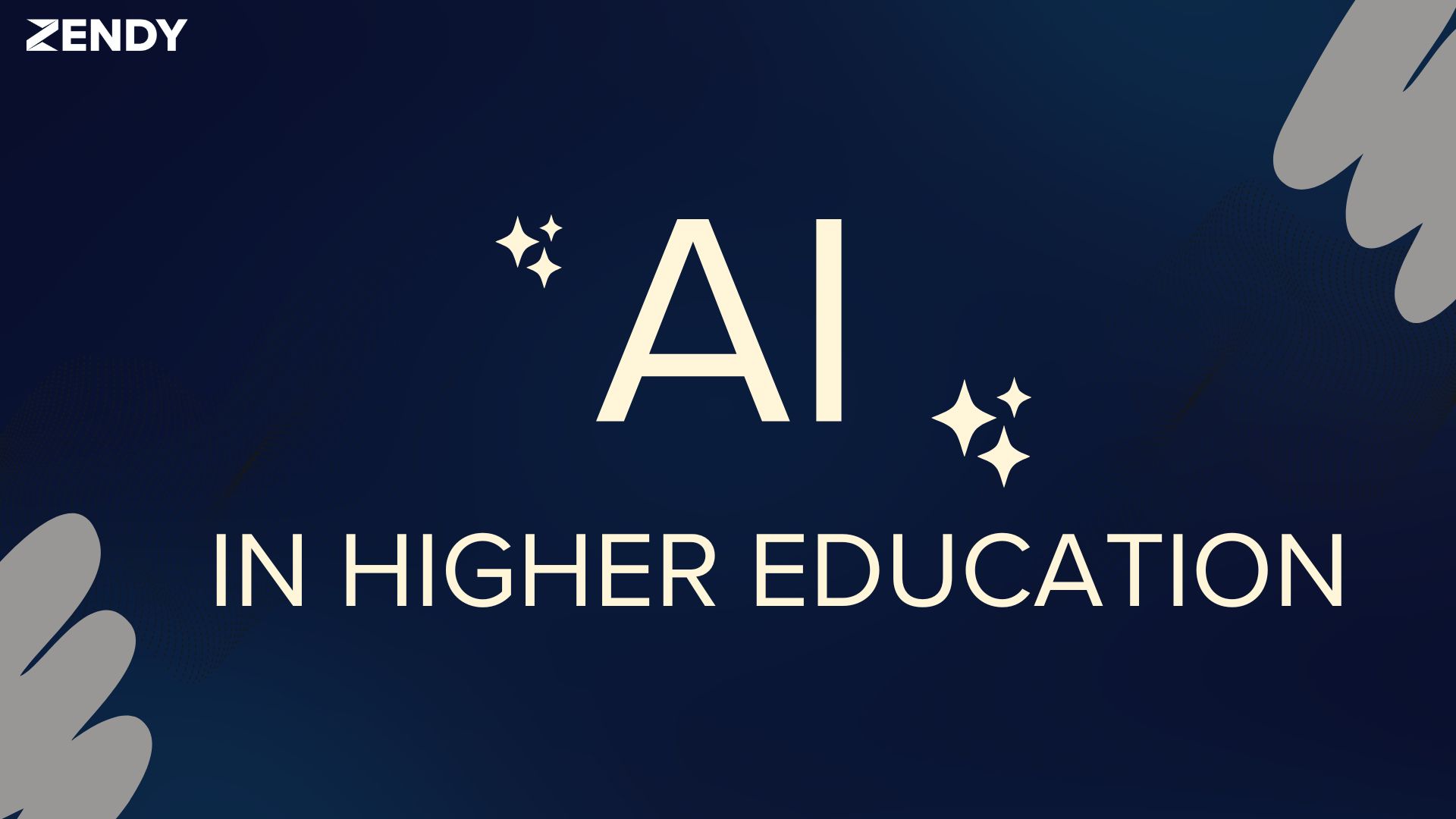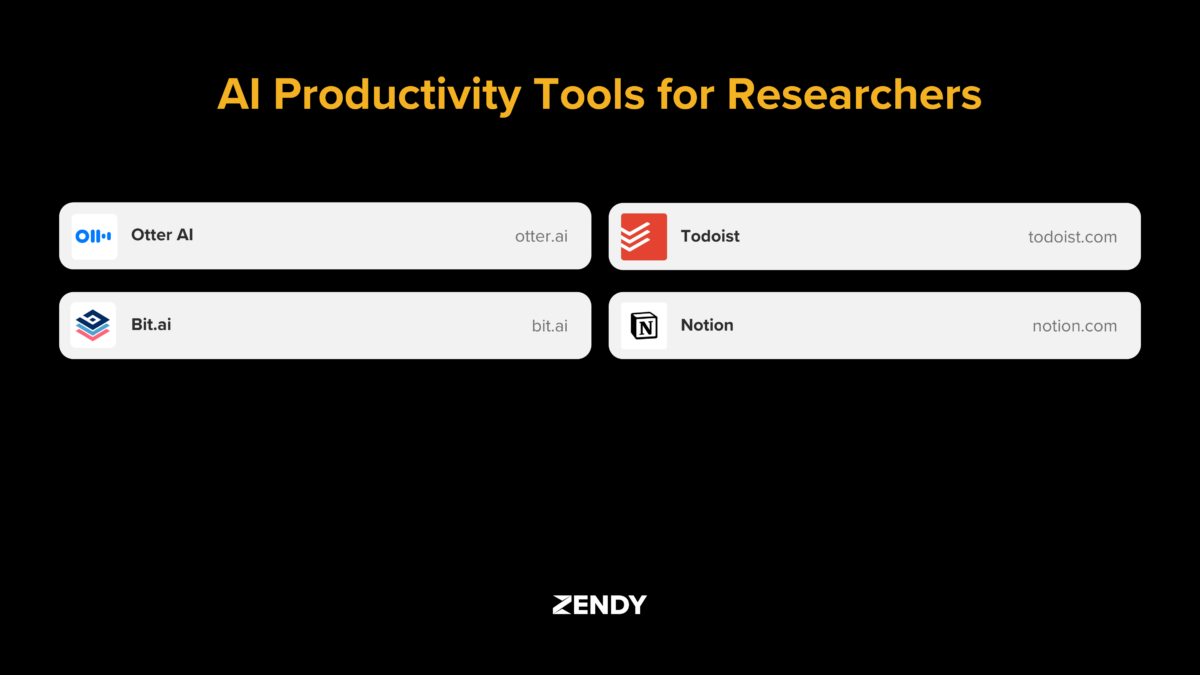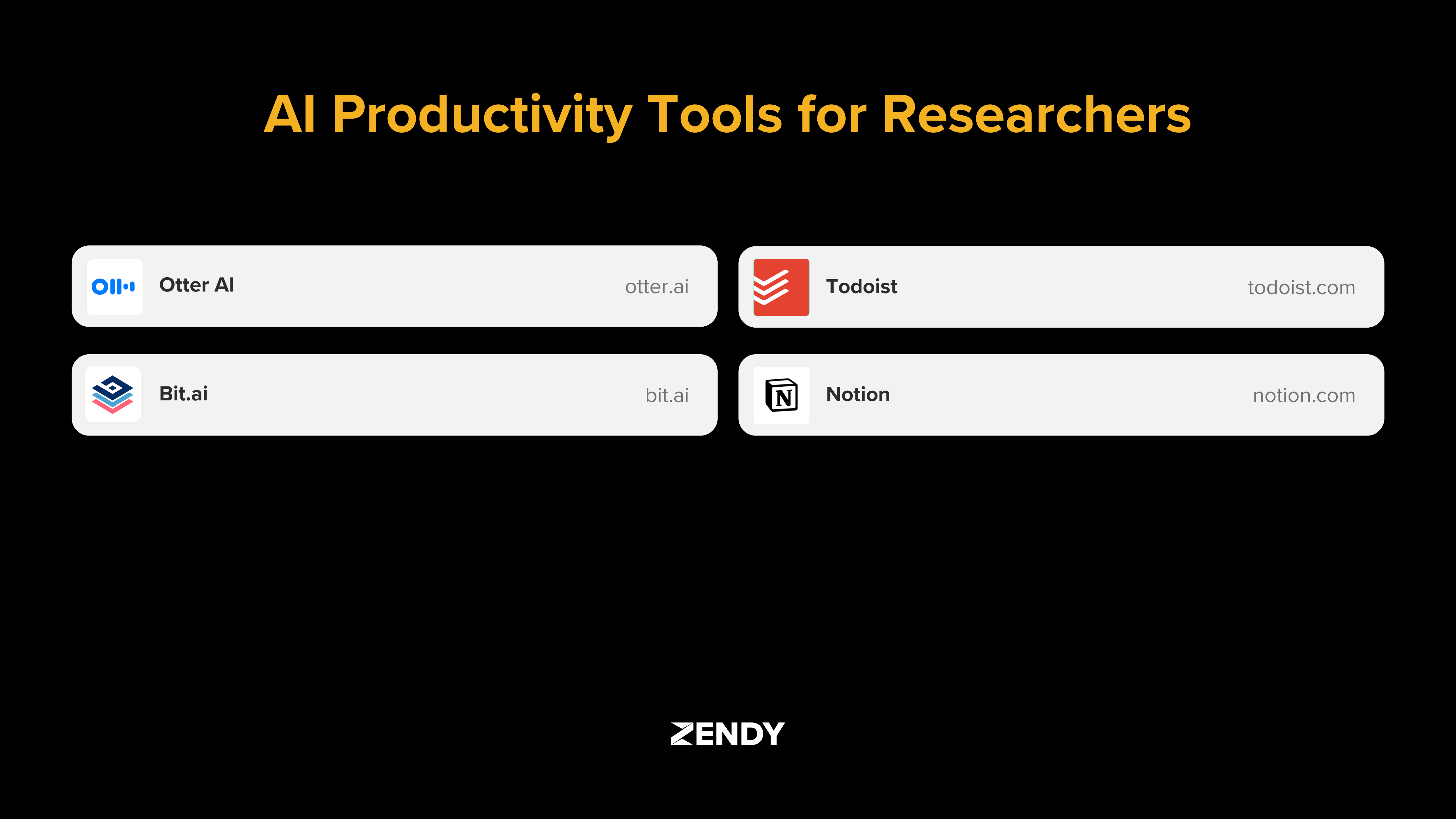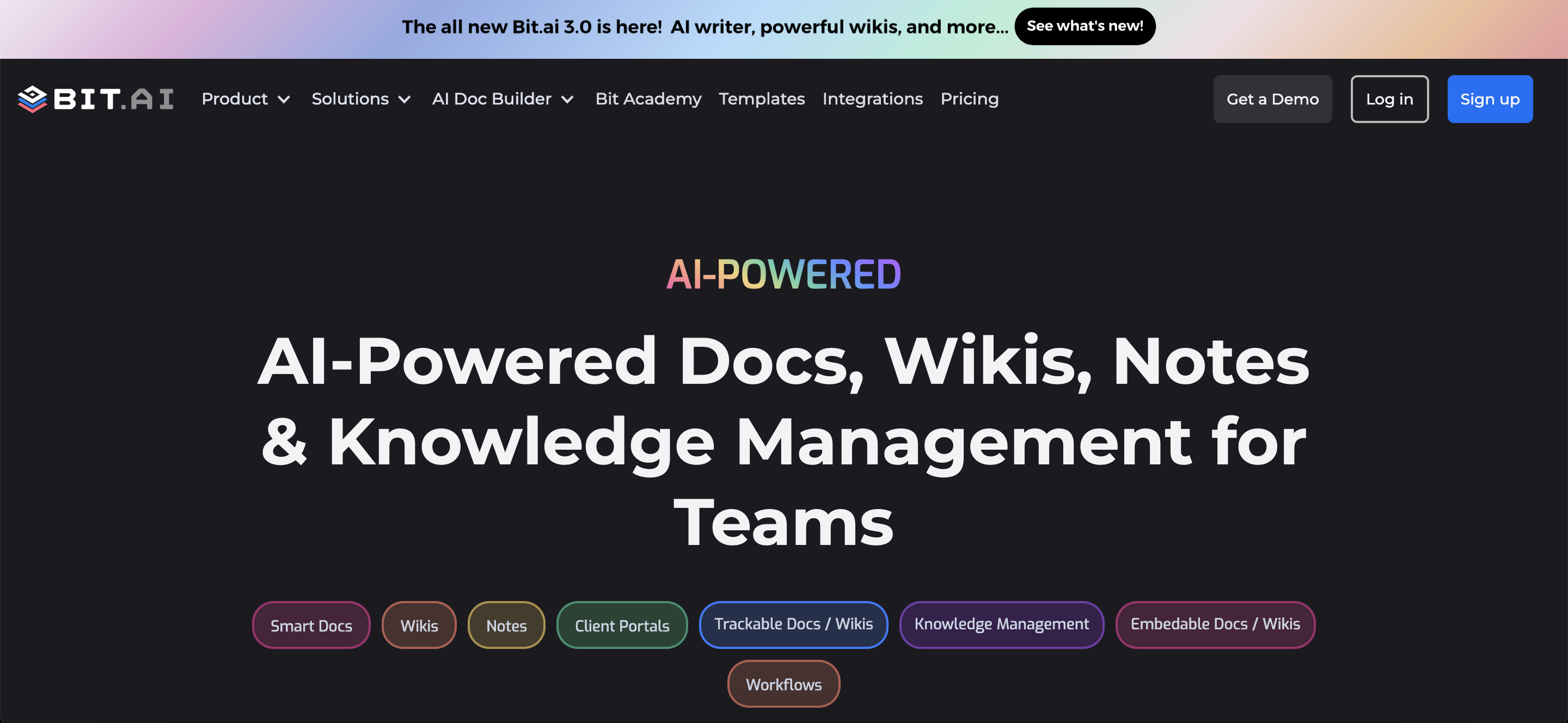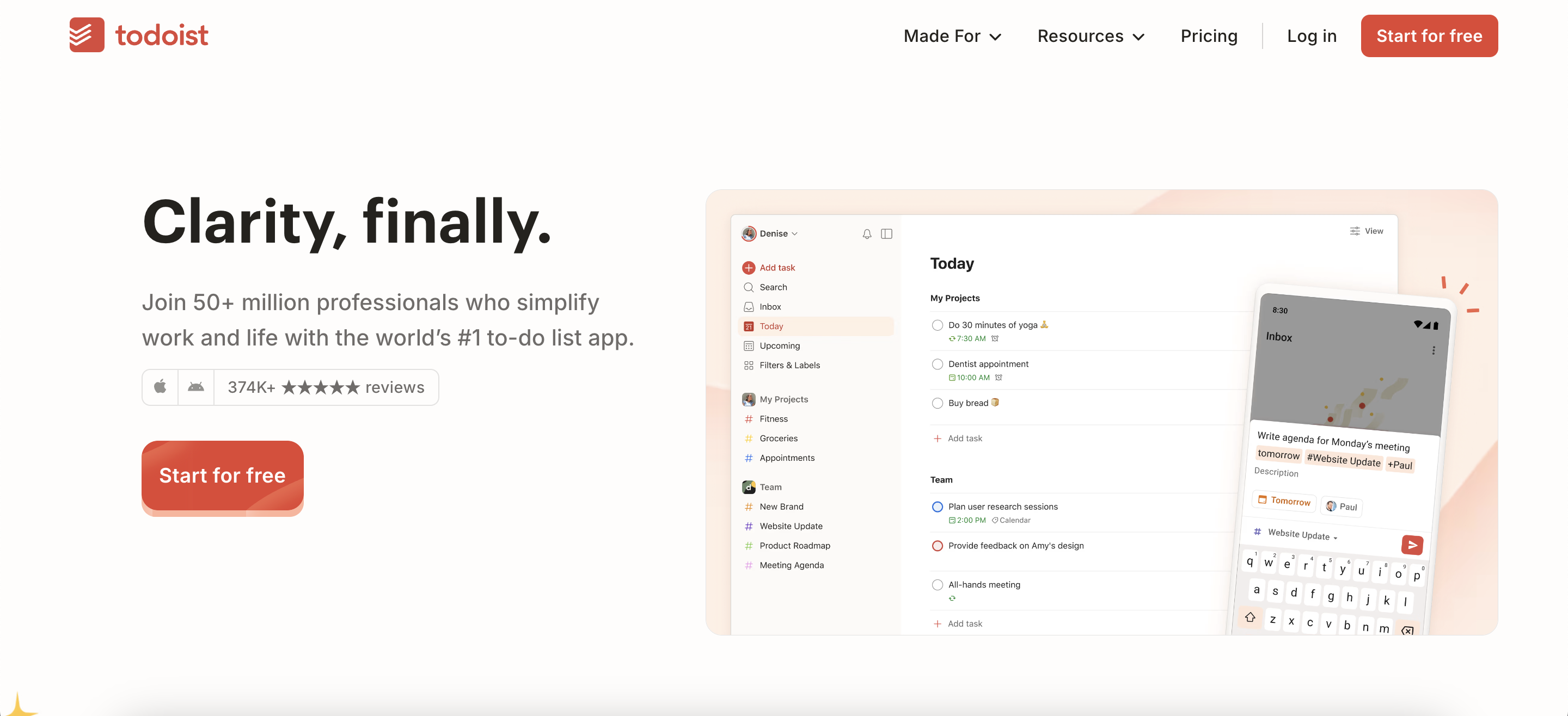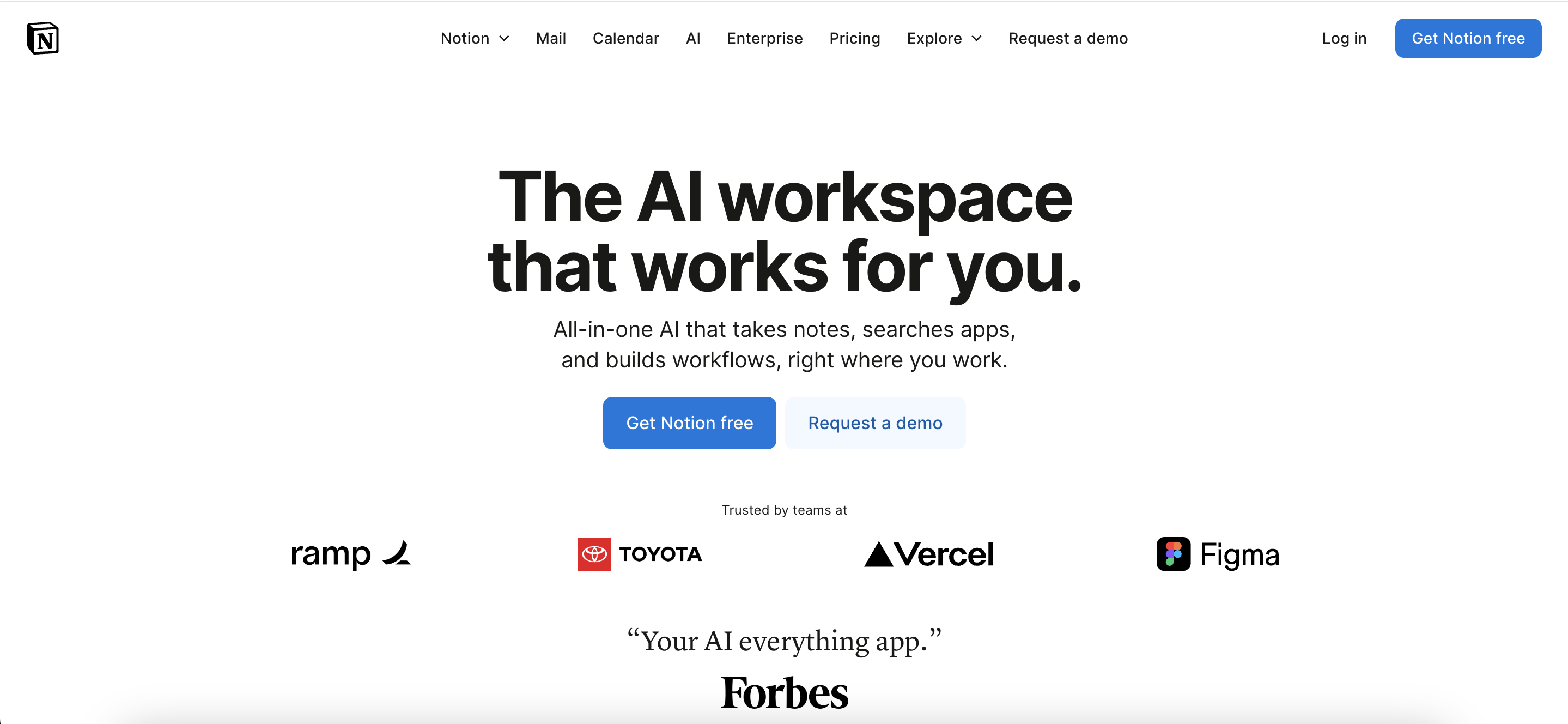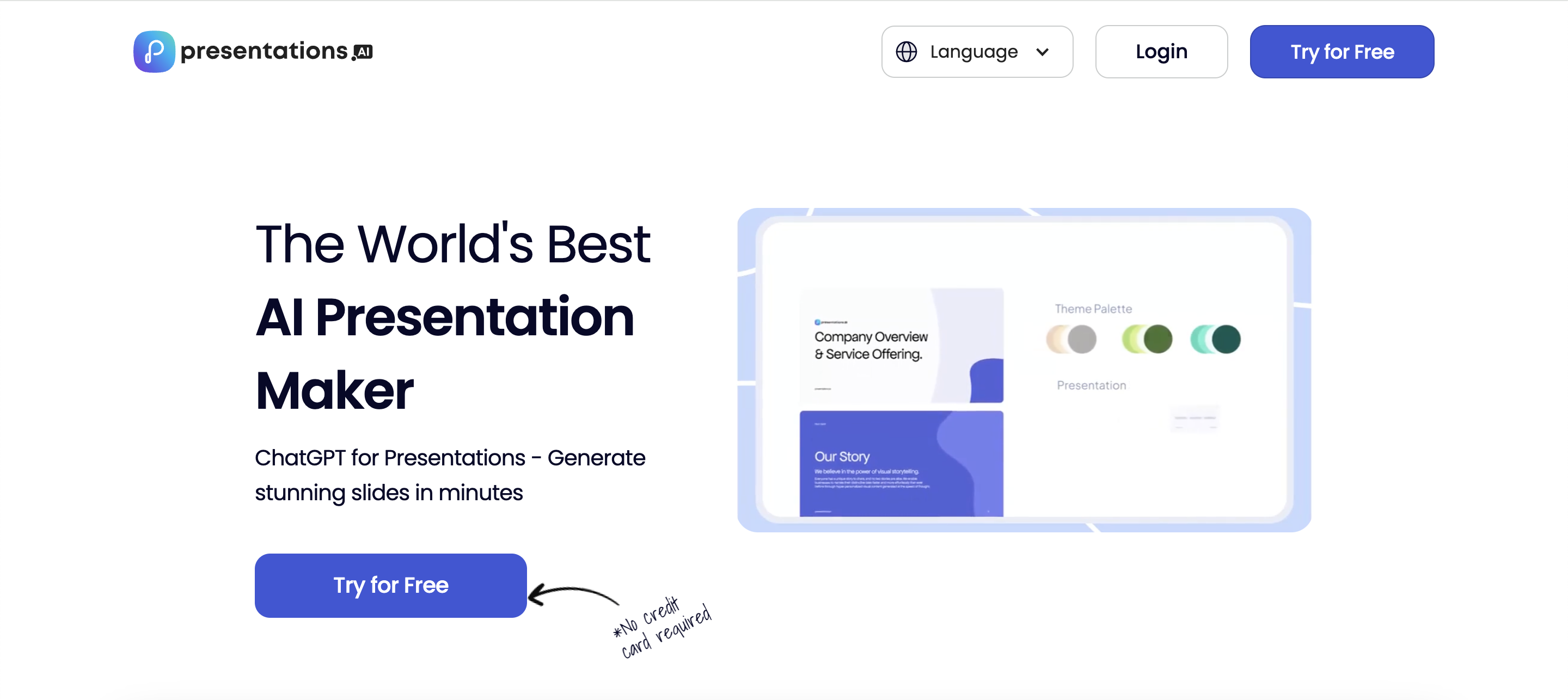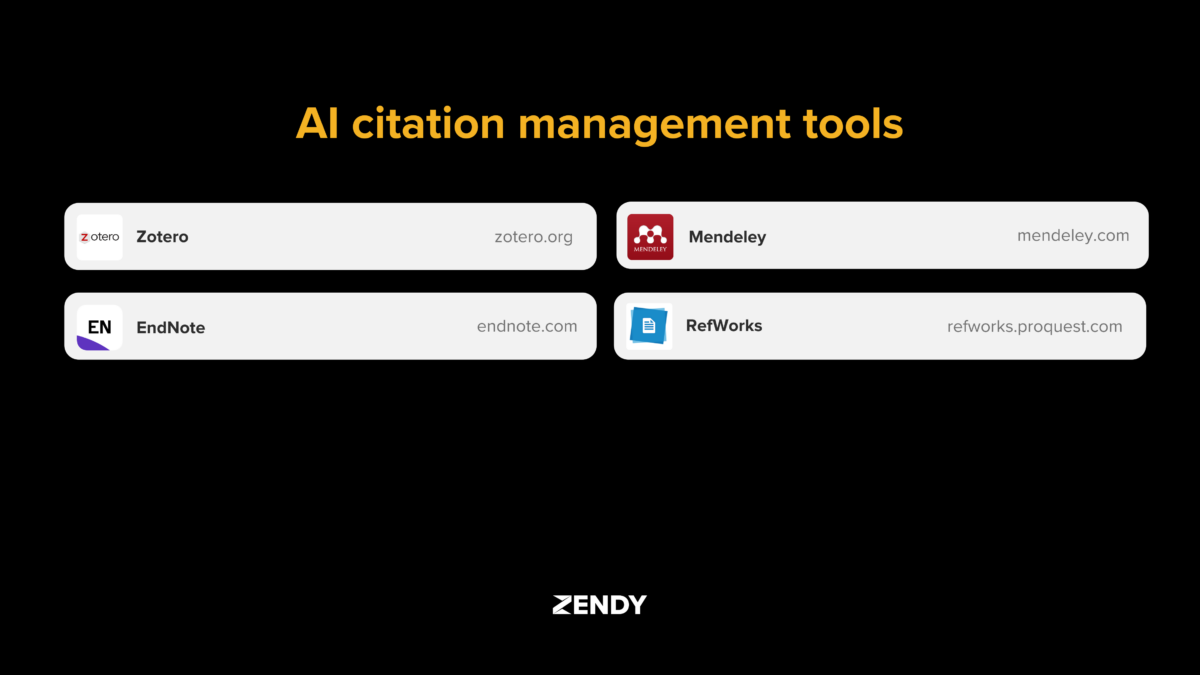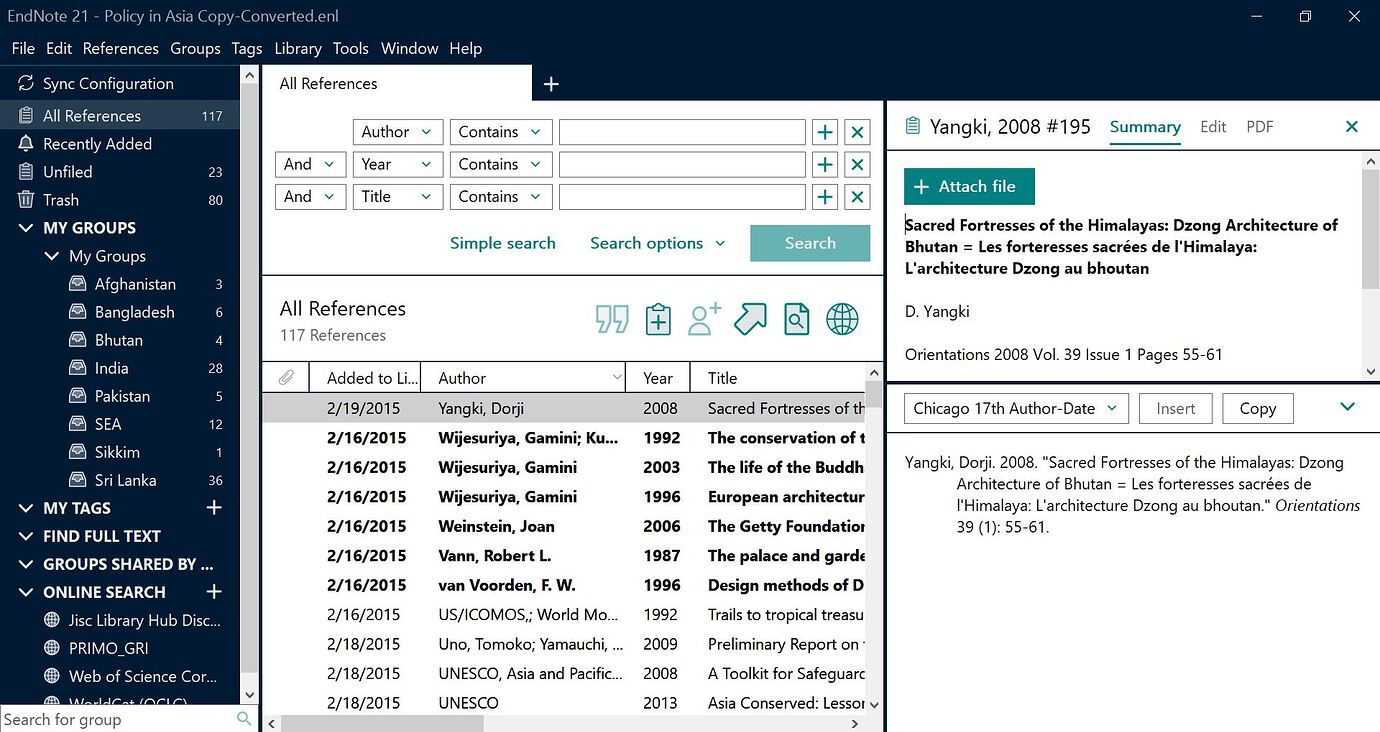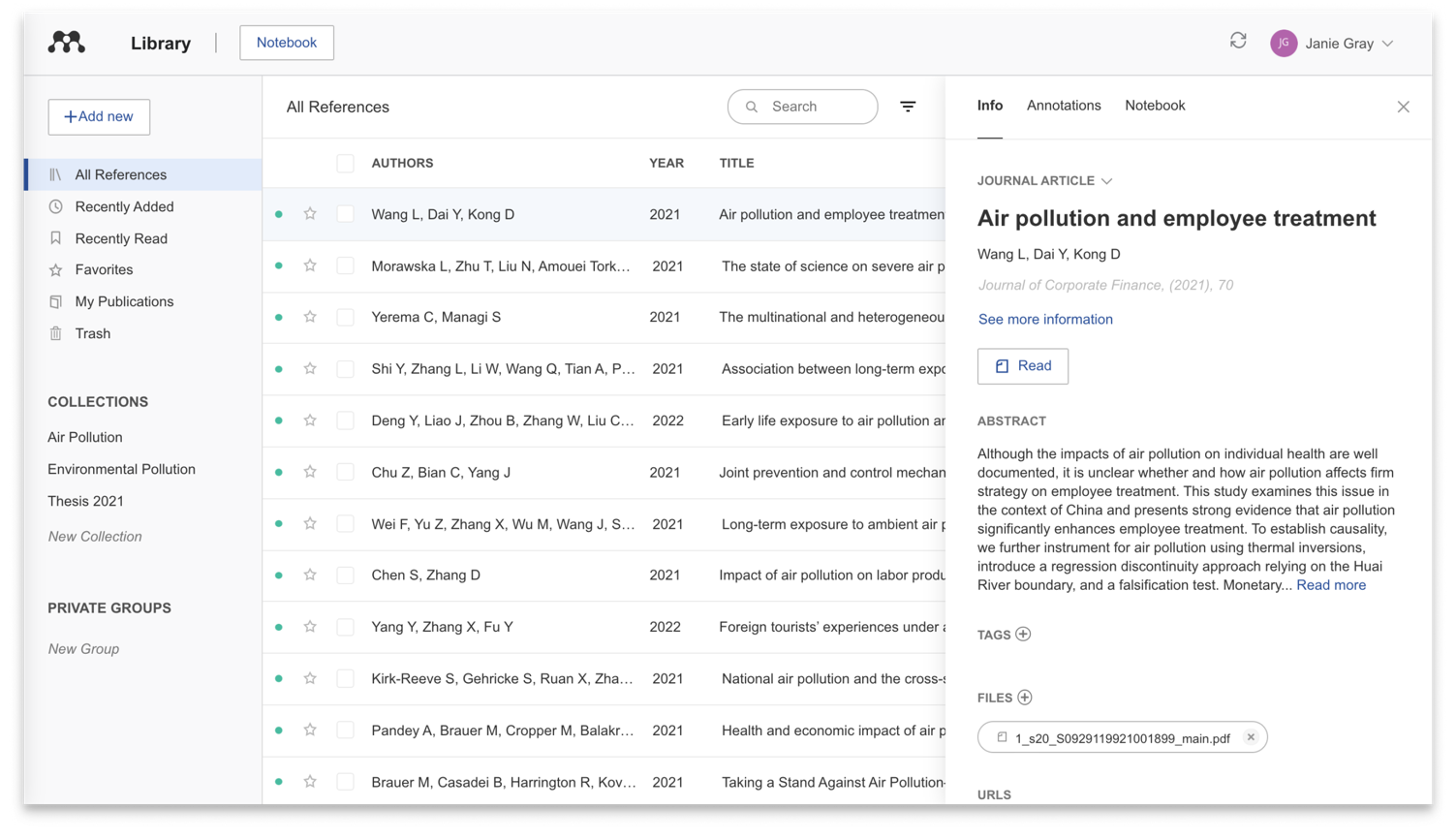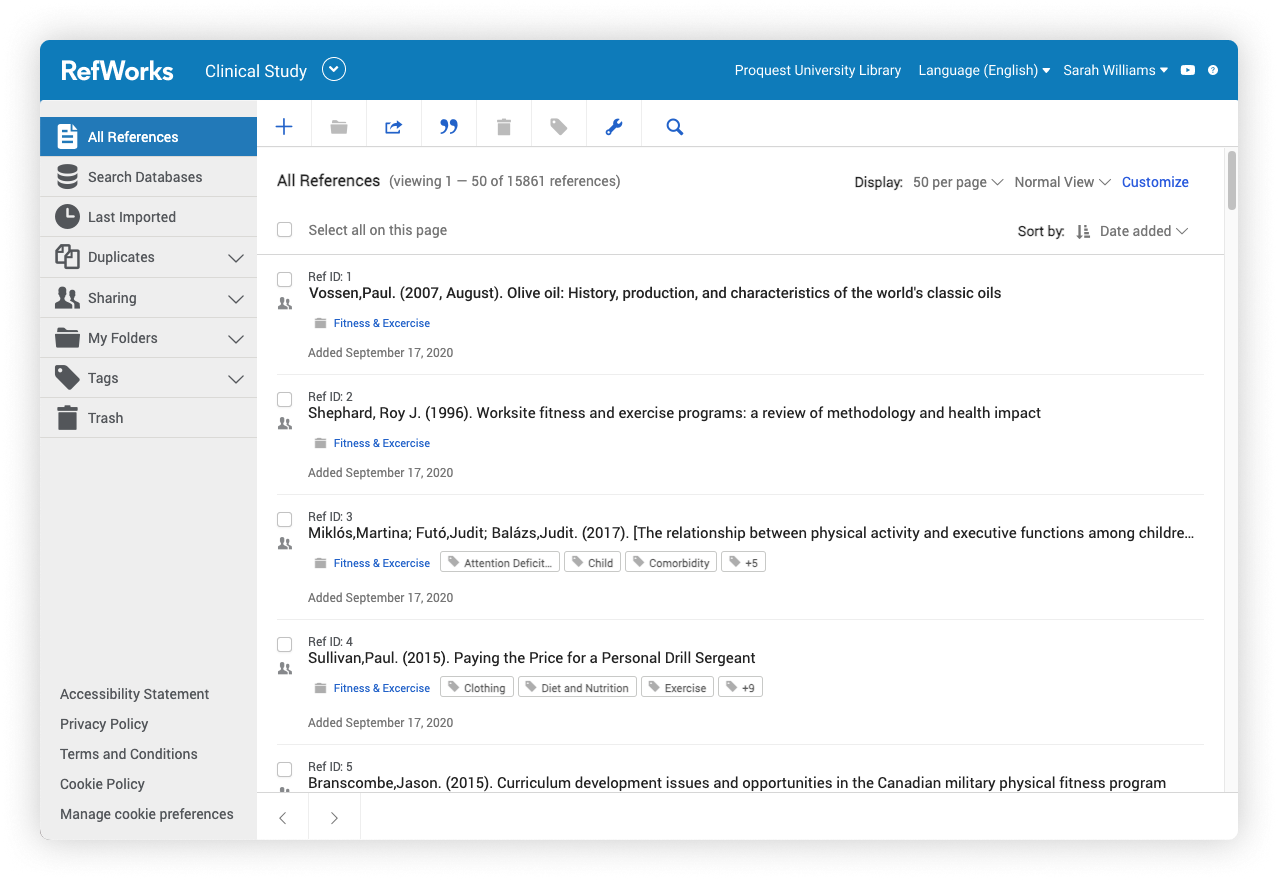
AI models like ChatGPT are trained on massive datasets collected at specific moments in time, which means they lack awareness of papers retracted after their training cutoff. When a scientific paper gets retracted, whether due to errors, fraud, or ethical violations, most AI systems continue referencing it as if nothing happened. This creates a troubling scenario where researchers using AI assistants might unknowingly build their work on discredited foundations.
In other words: retracted papers are the academic world’s way of saying “we got this wrong, please disregard.” Yet the AI tools designed to help us navigate research faster often can’t tell the difference between solid science and work that’s been officially debunked.
ChatGPT and other assistants tested
Recent studies examined how popular AI research tools handle retracted papers, and the results were concerning. Researchers tested ChatGPT, Google’s Gemini, and similar language models by asking them about known retracted papers. In many cases, they not only failed to flag the retractions but actively praised the withdrawn studies.
One investigation found that ChatGPT referenced retracted cancer imaging research without any warning to users, presenting the flawed findings as credible. The problem extends beyond chatbots to AI-powered literature review tools that researchers increasingly rely on for efficiency.
Common failure scenarios
The risks show up across different domains, each with its own consequences:
- Medical guidance: Healthcare professionals consulting AI for clinical information might receive recommendations based on studies withdrawn for data fabrication or patient safety concerns
- Literature reviews: Academic researchers face citation issues when AI assistants suggest retracted papers, damaging credibility and delaying peer review
- Policy decisions: Institutional leaders making evidence-based choices might rely on AI-summarised research without realising the underlying studies have been retracted
A doctor asking about treatment protocols could unknowingly follow advice rooted in discredited research. Meanwhile, detecting retracted citations manually across hundreds of references proves nearly impossible for most researchers.
How Often Retractions Slip Into AI Training Data
The scale of retracted papers entering AI systems is larger than most people realise. Crossref, the scholarly metadata registry that tracks digital object identifiers (DOIs) for academic publications, reports thousands of retraction notices annually. Yet many AI models were trained on datasets harvested years ago, capturing papers before retraction notices appeared.
Here’s where timing becomes critical. A paper published in 2020 and included in an AI training dataset that same year might get retracted in 2023. If the model hasn’t been retrained with updated data, it remains oblivious to the retraction. Some popular language models go years between major training updates, meaning their knowledge of the research landscape grows increasingly outdated.
Lag between retraction and model update
Training Large Language Models requires enormous computational resources and time, which explains why most AI companies don’t continuously update their systems. Even when retraining occurs, the process of identifying and removing retracted papers from massive datasets presents technical challenges that many organisations haven’t prioritised solving.
The result is a growing gap between the current state of scientific knowledge and what AI assistants “know.” You might think AI systems could simply check retraction databases in real-time before responding, but most don’t. Instead, they generate responses based solely on their static training data, unaware that some information has been invalidated.
Risks of Citing Retracted Papers in Practice
The consequences of AI-recommended retracted papers extend beyond embarrassment. When flawed research influences decisions, the ripple effects can be substantial and long-lasting.
Clinical decision errors
Healthcare providers increasingly turn to AI tools for quick access to medical literature, especially when facing unfamiliar conditions or emerging treatments. If an AI assistant recommends a retracted study on drug efficacy or surgical techniques, clinicians might implement approaches that have been proven harmful or ineffective. The 2020 hydroxychloroquine controversy illustrated how quickly questionable research spreads. Imagine that dynamic accelerated by AI systems that can’t distinguish between valid and retracted papers.
Policy and funding implications
Government agencies and research institutions often use AI tools to synthesise large bodies of literature when making funding decisions or setting research priorities. Basing these high-stakes choices on retracted work wastes resources and potentially misdirects entire fields of inquiry. A withdrawn climate study or economic analysis could influence policy for years before anyone discovers the AI-assisted review included discredited research.
Academic reputation damage
For individual researchers, citing retracted papers carries professional consequences. Journals may reject manuscripts, tenure committees question research rigour, and collaborators lose confidence. While honest mistakes happen, the frequency of such errors increases when researchers rely on AI tools that lack retraction awareness, and the responsibility still falls on the researcher, not the AI.
Why Language Models Miss Retraction Signals
The technical architecture of most AI research assistants makes them inherently vulnerable to the retraction problem. Understanding why helps explain what solutions might actually work.
Corpus quality controls lacking
AI models learn from their training corpus, the massive collection of text they analyse during development. Most organisations building these models prioritise breadth over curation, scraping academic databases, preprint servers, and publisher websites without rigorous quality checks.
The assumption is that more data produces better models, but this approach treats all papers equally regardless of retraction status. Even when training data includes retraction notices, the AI might not recognise them as signals to discount the paper’s content. A retraction notice is just another piece of text unless the model has been specifically trained to understand its significance.
Sparse or inconsistent metadata
Publishers handle retractions differently, creating inconsistencies that confuse automated systems:
- Some journals add “RETRACTED” to article titles
- Others publish separate retraction notices
- A few quietly remove papers entirely
This lack of standardisation means AI systems trained to recognise one retraction format might miss others completely. Metadata، the structured information describing each paper, often fails to consistently flag retraction status across databases. A paper retracted in PubMed might still appear without warning in other indexes that AI training pipelines access.
Hallucination and overconfidence
AI hallucination occurs when models generate plausible-sounding but false information, and it exacerbates the retraction problem. Even if a model has no information about a topic, it might confidently fabricate citations or misremember details from its training data. This overconfidence means AI assistants rarely express uncertainty about the papers they recommend, leaving users with no indication that additional verification is needed.
Real-Time Retraction Data Sources Researchers Should Trust
While AI tools struggle with retractions, several authoritative databases exist for manual verification. Researchers concerned about citation integrity can cross-reference their sources against these resources.
Retraction Watch Database
Retraction Watch operates as an independent watchdog, tracking retractions across all academic disciplines and publishers. Their freely accessible database includes detailed explanations of why papers were withdrawn, from honest error to fraud. The organisation’s blog also provides context about patterns in retractions and systemic issues in scholarly publishing.
Crossref metadata service
Crossref maintains the infrastructure that assigns DOIs to scholarly works, and publishers report retractions through this system. While coverage depends on publishers properly flagging retractions, Crossref offers a comprehensive view across multiple disciplines and publication types. Their API allows developers to build tools that automatically check retraction status, a capability that forward-thinking platforms are beginning to implement.
PubMed retracted publication tag
For medical and life sciences research, PubMed provides reliable retraction flagging with daily updates. The National Library of Medicine maintains this database with rigorous quality control, ensuring retracted papers receive prominent warning labels. However, this coverage is limited to biomedical literature, leaving researchers in other fields without equivalent resources.
| Database | Coverage | Update Speed | Access |
| Retraction Watch | All disciplines | Real-time | Free |
| Crossref | Publisher-reported | Variable | Free API |
| PubMed | Medical/life sciences | Daily | Free |
Responsible AI Starts with Licensing
When AI systems access research papers, articles, or datasets, authors and publishers have legal and ethical rights that need protection. Ignoring these rights can undermine the sustainability of the research ecosystem and diminish trust between researchers and technology providers.
One of the biggest reasons AI tools get it wrong is that they often cite retracted papers as if they’re still valid. When an article is retracted, e.g. due to peer review process not being conducted properly or failing to meet established standards, most AI systems don’t know, it simply remains part of their training data. This is where licensing plays a crucial role. Licensed data ensures that AI systems are connected to the right sources, continuously updated with accurate, publisher-verified information. It’s the foundation for what platforms like Zendy aim to achieve: making sure the content is clean and trustworthy.
Licensing ensures that content is used responsibly. Proper agreements between AI companies and copyright holders allow AI systems to access material legally while providing attribution and, when appropriate, compensation. This is especially important when AI tools generate insights or summaries that are distributed at scale, potentially creating value for commercial platforms without benefiting the sources of the content.
in conclusion, consent-driven licensing helps build trust. Publishers and authors can choose whether and how their work is incorporated into AI systems, ensuring that content is included only when rights are respected. Advanced AI platforms, such as Zendy, can even track which licensed sources contributed to a particular output, providing accountability and a foundation for equitable revenue sharing.









